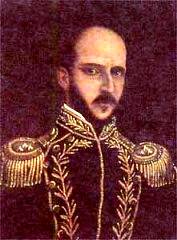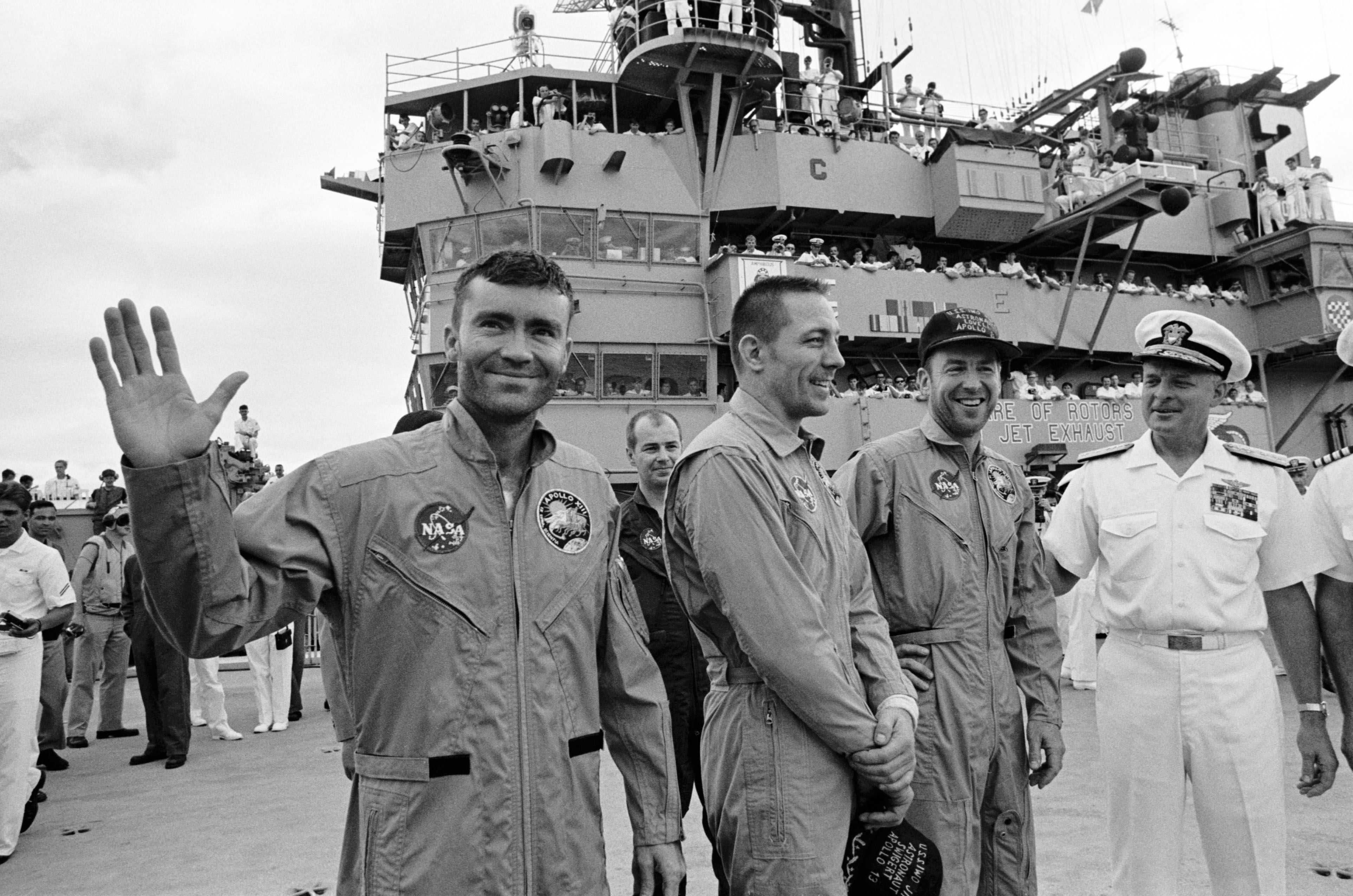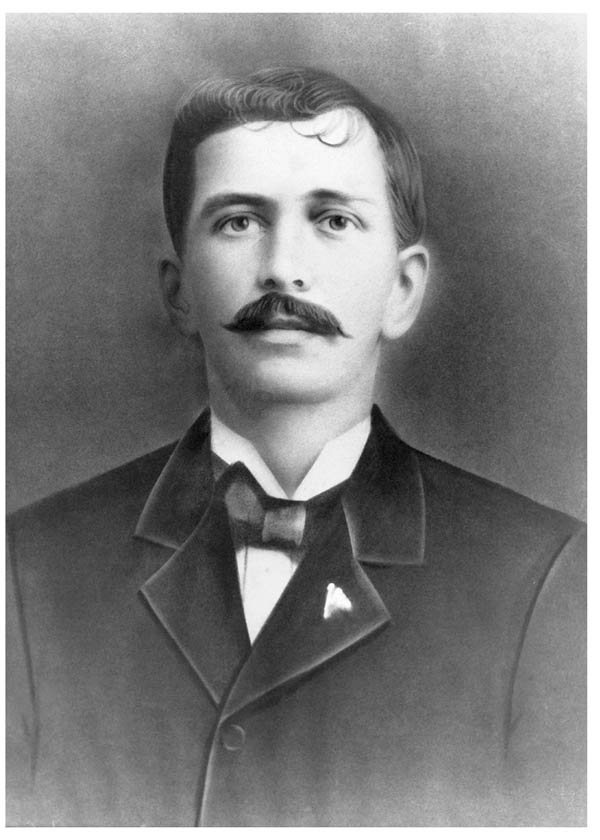|
Enrique Adolfo Jiménez
Enrique Adolfo Jiménez Brin (8 February 1888 – 28 April 1970) was President of Panama from 15 June 1945 to 7 August 1948, representing the National Liberal Party of Panama. Jiménez Brin was appointed private secretary of President Belisario Porras Barahona at the age of 25, deputy Minister of State, president of the National Bank of Panama and ambassador of Panama to the United States at Washington, D.C., an important post due to the authority exercised by the U.S. over Panama due to its ownership of the Panama Canal. He was elected the first presidential designate by the National Assembly for the 1924–1926 term and a second time for the 1934–1936 term. In June 1945, he was appointed president of the Republic of Panama by the Constituent National Assembly, and remained in office until 7 August 1948. Achievements During his term in office, Jiménez's achievements included: * Tocumen International Airport was constructed * The Colón Free Trade Zone was create ... [...More Info...] [...Related Items...] OR: [Wikipedia] [Google] [Baidu] |
President Of Panama
This article lists the heads of state of Panama since the short-lived first independence from the Republic of New Granada in 1840 and the final Separation of Panama from Colombia, separation from Colombia in 1903. Since 1904 the head of state of Panama has been the President of Panama. List of officeholders ;Political parties ;Other affiliations ;Status ;Symbols Died in office Free State of the Isthmus (1840–1841) Republic of Panama (1903–present) Military dictators of Panama (1968–1989) From 1968 to 1989 a military junta exerted a dictatorship over the country and nominated the president, who himself held little power. The following individuals were leaders of the junta. Timeline Latest election See also * Politics of Panama * List of political parties in Panama * History of Panama References {{Heads of State in Central America Lists of heads of state, Panama, List of presidents of Presidents of Panama, *List Lists ... [...More Info...] [...Related Items...] OR: [Wikipedia] [Google] [Baidu] |
Panama Canal
The Panama Canal () is an artificial waterway in Panama that connects the Caribbean Sea with the Pacific Ocean. It cuts across the narrowest point of the Isthmus of Panama, and is a Channel (geography), conduit for maritime trade between the Atlantic and Pacific Oceans. Lock (water navigation), Locks at each end lift ships up to Gatun Lake, an artificial fresh water lake Above mean sea level, above sea level, created by damming the Chagres River and Lake Alajuela to reduce the amount of excavation work required for the canal. Locks then lower the ships at the other end. An average of of fresh water is used in a single passing of a ship. The canal is threatened by low water levels during droughts. The Panama Canal shortcut greatly reduces the time for ships to travel between the Atlantic and Pacific oceans, enabling them to avoid the lengthy, hazardous route around the southernmost tip of South America via the Drake Passage, the Strait of Magellan or the Beagle Channel. Its ... [...More Info...] [...Related Items...] OR: [Wikipedia] [Google] [Baidu] |
1970 Deaths
Events January * January 1 – Unix time epoch reached at 00:00:00 UTC. * January 5 – The 7.1 1970 Tonghai earthquake, Tonghai earthquake shakes Tonghai County, Yunnan province, China, with a maximum Mercalli intensity scale, Mercalli intensity of X (''Extreme''). Between 10,000 and 14,621 are killed and 30,000 injured. * January 15 – After a 32-month fight for independence from Nigeria, Biafran forces under Philip Effiong formally surrender to General Yakubu Gowon, ending the Nigerian Civil War. February * February 1 – The Benavídez rail disaster near Buenos Aires, Argentina (a rear-end collision) kills 236. * February 10 – An avalanche at Val-d'Isère, France, kills 41 tourists. * February 11 – ''Ohsumi (satellite), Ohsumi'', Japan's first satellite, is launched on a Lambda-4 rocket. * February 22 – Guyana becomes a Republic within the Commonwealth of Nations. * February – Multi-business Conglomerate (company), conglomerate Virgin Group is founded as a ... [...More Info...] [...Related Items...] OR: [Wikipedia] [Google] [Baidu] |
1888 Births
Events January * January 3 – The great telescope (with an objective lens of diameter) at Lick Observatory in California is first used. * January 12 – The Schoolhouse Blizzard hits Dakota Territory and the states of Montana, Minnesota, Nebraska, Kansas and Texas, leaving 235 dead, many of them children on their way home from school. * January 13 – The National Geographic Society is founded in Washington, D.C. * January 19 – The Battle of the Grapevine Creek, the last major conflict of the Hatfield–McCoy feud in the Southeastern United States. * January 21 – The Amateur Athletic Union is founded by William Buckingham Curtis in the United States. * January 26 – The Lawn Tennis Association is founded in England. February * February 27 – In West Orange, New Jersey, Thomas Edison meets with Eadweard Muybridge, who proposes a scheme for sound film. March * March 8 – The Agriculture College of Utah (later Utah State University) i ... [...More Info...] [...Related Items...] OR: [Wikipedia] [Google] [Baidu] |
Ricardo Adolfo De La Guardia Arango
Ricardo Adolfo de la Guardia Arango (14 March 1899 – 29 December 1969) was the 11th President of Panama from 9 October 1941 to 15 June 1945, during World War II. He also served as governor of Panamá Province from 1936 to 1938. His government was the first Latin American government to declare war on the Axis Powers following the attack on Pearl Harbor Pearl Harbor is an American lagoon harbor on the island of Oahu, Hawaii, west of Honolulu. It was often visited by the naval fleet of the United States, before it was acquired from the Hawaiian Kingdom by the U.S. with the signing of the Reci ..., and he allowed the United States to lease military bases across the country. References 1899 births 1969 deaths Presidents of Panama Governors of Panamá Province World War II political leaders 20th-century Panamanian politicians 20th-century Roman Catholics Panamanian Roman Catholics {{Panama-politician-stub Leaders who took power by coup ... [...More Info...] [...Related Items...] OR: [Wikipedia] [Google] [Baidu] |
List Of Presidents Of Panama
This article lists the heads of state of Panama since the short-lived first independence from the Republic of New Granada in 1840 and the final separation from Colombia in 1903. Since 1904 the head of state of Panama has been the President of Panama. List of officeholders ;Political parties ;Other affiliations ;Status ;Symbols Died in office Free State of the Isthmus (1840–1841) Republic of Panama (1903–present) Military dictators of Panama (1968–1989) From 1968 to 1989 a military junta A military junta () is a system of government led by a committee of military leaders. The term ''Junta (governing body), junta'' means "meeting" or "committee" and originated in the Junta (Peninsular War), national and local junta organized by t ... exerted a dictatorship over the country and nominated the president, who himself held little power. The following individuals were leaders of the junta. Timeline Latest election See also * Politic ... [...More Info...] [...Related Items...] OR: [Wikipedia] [Google] [Baidu] |
Colón, Panama
Colón () is a city and Port#Seaport, seaport in Panama, beside the Caribbean Sea, lying near the Atlantic Ocean, Atlantic entrance to the Panama Canal. It is the capital of Panama's Colón Province and has traditionally been known as Panama's second city. Originally it was located entirely on Manzanillo Island, surrounded by Limon Bay, Panama, Limon Bay, Manzanillo Bay, and the Folks River, Panama, Folks River; however, since the disestablishment of the Panama Canal Zone, the city's limits have been redefined to include Fort Gulick, a former United States Army, U.S. Army base, as well as the former Panama Canal Zone towns of Cristóbal, Colón, Cristobal, Margarita, Panama, Margarita, and Coco Solo. History The city was founded in 1850 as the Atlantic terminal of the Panama Canal Railway, Panama Railroad, then underwent construction to meet the demand during the California Gold Rush for a fast route to California. For a number of years early in its history, the sizable United ... [...More Info...] [...Related Items...] OR: [Wikipedia] [Google] [Baidu] |
Enrique Adolfo Jiménez Airport
Enrique Adolfo Jiménez Airport () is an international airport located in Colón, Panama, offering scheduled airline flights to Panama City. The airport is just east of Colon's harbor and cargo handling facilities. This airport contains car rentals, a duty-free shop, restaurants, and coffee shops. The airport is located near the Sheraton Hotel and Radisson Hotel and Casino. The Tocumen VOR-DME (Ident: TUM) is located east-southeast of the airport. Enrique Jimenez VOR-DME (Ident: FNC) is located on the field. History The airport was established in 1918 as a United States Army Air Forces (later USAF) military airfield, eventually becoming France Air Force Base. It was deactivated on 1 November 1949 due to budgetary reductions, turned into a civil airport in the United States Canal Zone, and renamed Colon Airport. The USAF, however, maintained jurisdiction over the airport until 31 December 1973, and it was occasionally used as a satellite field of Albrook AFB. As Colon Ai ... [...More Info...] [...Related Items...] OR: [Wikipedia] [Google] [Baidu] |
Patriarch
The highest-ranking bishops in Eastern Orthodoxy, Oriental Orthodoxy, the Roman Catholic Church (above major archbishop and primate), the Hussite Church, Church of the East, and some Independent Catholic Churches are termed patriarchs (and in certain cases also '' popes'' – such as the pope of Rome or pope of Alexandria). The word is derived from Greek πατριάρχης (''patriarchēs''), meaning "chief or father of a family", a compound of πατριά (''patria''), meaning "family", and ἄρχειν (''archein''), meaning "to rule". Originally, a ''patriarch'' was a man who exercised authority as a pater familias over an extended family. The system of such rule of families by senior males is termed patriarchy. Historically, a patriarch has often been the logical choice to act as ethnarch of the community identified with his religious confession within a state or empire of a different creed (such as Christians within the Ottoman Empire). The term developed an ... [...More Info...] [...Related Items...] OR: [Wikipedia] [Google] [Baidu] |
Chiriquí Province
Chiriquí () is a province of Panama located on the western coast; it is the second most developed province in the country, after Panamá Province. Its capital is the city of David. It has a total area of 6,490.9 km2, with a population of 471,071 as of the year 2023. The province of Chiriquí is bordered to the north by the province of Bocas del Toro, to the west by Costa Rica, to the east by the province of Veraguas, and to the south by the Pacific Ocean, specifically the Gulf of Chiriquí. History Until the arrival of the Spanish ''conquistadores'', Chiriquí was populated by a number of indigenous tribes, known collectively as the Guaymí people. The first European to visit and describe Chiriquí was Gaspar de Espinosa, in 1519. The province was officially established on 26 May 1849, when Panama was still part of Colombia. Several years later, President Abraham Lincoln of the United States proposed Chiriquí as a favored location for Linconia, a colony for free bl ... [...More Info...] [...Related Items...] OR: [Wikipedia] [Google] [Baidu] |
Colón Free Trade Zone
The Colón Free Trade Zone is a free port in Panama dedicated to re-exporting a wide variety of merchandise to Latin America and the Caribbean. It is located on the Caribbean coast, near the Atlantic entrance to the Panama Canal, in the province of Colón, within the city of Colón though outside its municipal jurisdiction and operates as an autonomous entity of Panama. Location and size The Colón Free Trade Zone is the largest free port in the Americas, and second largest in the world. It started operations in 1948 and occupies about . It is divided in two large areas: one located in Colón, segregated from the city by a wall, and the other relatively new, in the harbor area, which is designated for warehouses, covering and from Colón's commercial sector. Issues Exports from the free trade zone into neighboring countries are still subject to local rules, regulations, and payment requirements of the importing country. Venezuela, one of the larger buyers from the zone, has ... [...More Info...] [...Related Items...] OR: [Wikipedia] [Google] [Baidu] |





